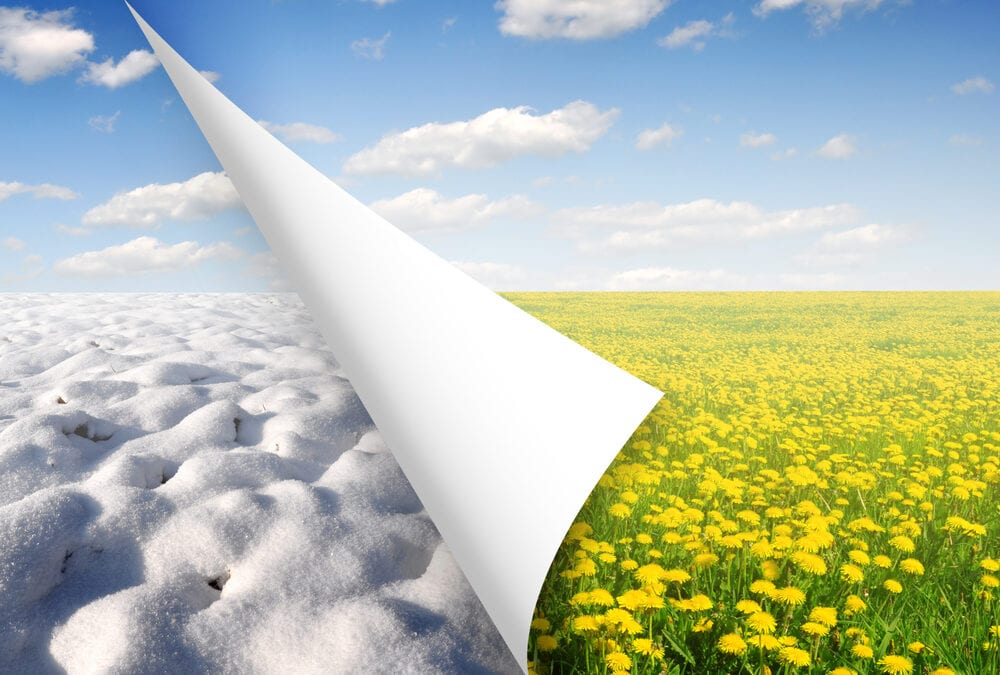Congratulations Canada! In a little under three weeks, the spring season will officially be upon us! And while it’s true that winter-like weather conditions may persist well into April, there’s no question that we’re a lot closer to experiencing a return to warmer days.
What does the return of spring mean for the air inside our homes?
According to 1Source Safety and Health, Inc., people with allergies often have their symptoms triggered when the spring arrives. In their report entitled “Impact of Outdoor Seasonal Changes on Indoor Air Quality”, they note that outdoor contaminants are at their lowest levels during the winter. That’s because the frozen snow-covered ground combined with relatively low humidity levels tend to keep mould spores and other air pollutants at bay.
However, “dust, mould, temperature and humidity begin to increase during the spring months (March, April, and May),” reads the report, “ As pollen, mould and dust concentrations increase, so do the associated symptoms. Interestingly, these symptoms, which also occur outside of the workplace, carry over into an employee’s work shift and are often incorrectly associated with exposure within the workplace.”
Pollen and dust are major culprits for allergy symptoms.
Chances are that the windows of your home are kept open a lot more during the spring than they are in the winter. With the warmer weather enabling pollen and dust to more easily enter our air space, it’s inevitable that some of it will enter our homes. Cincinnati’s Hader Solutions warns that it’s best to keep windows shut or not open too wide when there is a pollen alert. Your local weather station should be able to inform you if one is in effect.
As well, their website details how winter is the season of dust accumulation in the home. Spring enables it all to become airborne. “Because of improper ventilation during the colder months, dust can settle into vents, registers, and eventually ductwork, making it close to impossible to rid your home of these irritating pollutants,” says Hader Solutions.
Watch out for all that snow melt!
All of the snow that winter brings ends up melting during the spring. Melted snow on your rooftop can lead to water leaking into your home. As you’re likely aware, water is the main culprit in the development of mould. It’s important to prevent any leak sources in your home.
“Prevent water from entering your home by making sure there are no cracks or gaps on your roof or foundation where water could easily enter,” Hader Solutions advises, “Standing water in your home can cause mould, which can be detrimental to indoor air quality. If you suspect any mould in your home, call an expert immediately to remove it.”
Are you concerned about a mould problem in your home?
At Enviro-Works Inc., we specialize in detecting mould using a number of methods. Our state-of-the-art laboratory services include detection of Mould In Air as well as through sampling bulk materials, using tapelifts and swabbing, also known as the Bulk/Tapelift/Swab methods. For more information about our Mould Testing, please don’t hesitate to call us at 780-457-4652 or email us at info@enviro-works.com.
